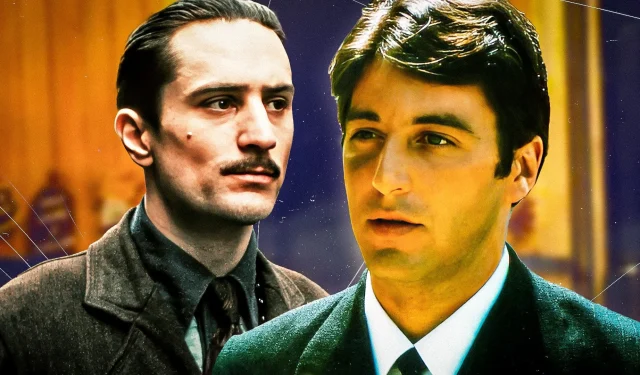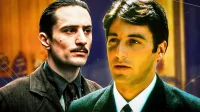When Al Pacino and Robert De Niro Swapped Roles: A Cinematic Crossroads
Just before the legendary film The Godfather hit theaters, actors Al Pacino and Robert De Niro made pivotal changes in their careers that could have drastically altered the trajectory of cinematic history. Widely regarded as one of the greatest movies ever made, The Godfather was instrumental in launching the careers of many involved, especially for a young Al Pacino. Though Pacino had begun to make a name for himself with his performance in The Panic in Needle Park, he had only a couple of films to his credit before taking on the iconic role of Michael Corleone.
A similar story unfolded during the production of The Godfather Part II, with De Niro stepping into the role of a young Vito Corleone. Before this landmark film, De Niro had established relationships with renowned filmmakers like Martin Scorsese and Brian De Palma but had yet to ascend the ranks of Hollywood’s elite. Just as The Godfather carved out a remarkable career for Pacino two years prior, The Godfather Part II allowed De Niro to shine in a breakout role that would define his future.
Robert De Niro Stepped In For Al Pacino in The Gang That Couldn’t Shoot Straight
A Fortunate Turn for Al Pacino
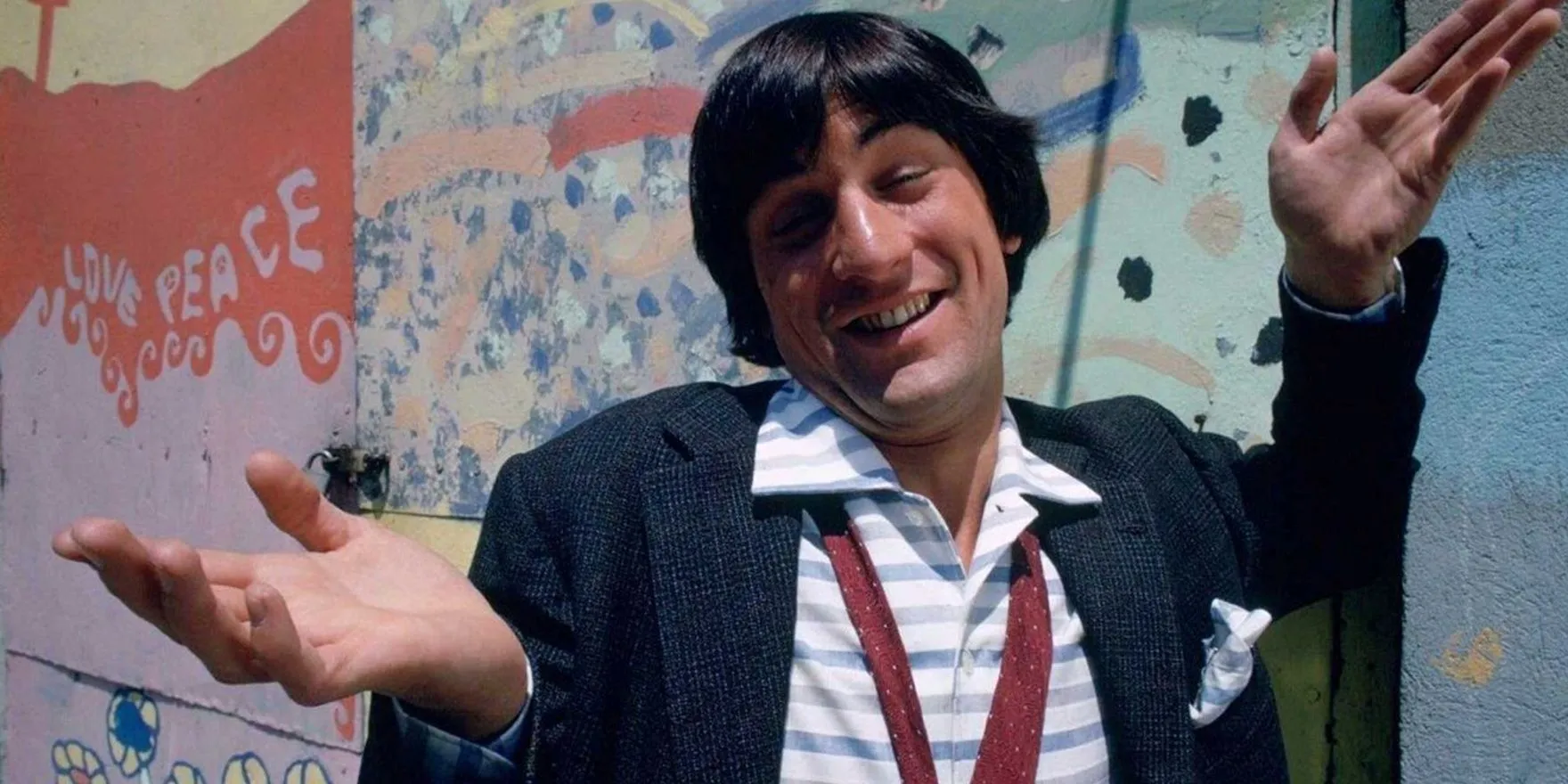
As The Godfather began production, another gangster film titled The Gang That Couldn’t Shoot Straight was in the works. This lighthearted crime caper was a stark contrast to the serious tone and craftsmanship of Francis Ford Coppola’s masterpiece. Despite the incongruity between the two films, the production schedules overlapped, leading to an unexpected connection.
Initially, Al Pacino was set to play Mario Trantino in The Gang That Couldn’t Shoot Straight. However, when Coppola selected Pacino for the role of Michael Corleone, he made a decision that would change his career. This swap not only elevated Pacino to legendary status but also paved the way for De Niro, who filled the role Pacino vacated.
|
Movie |
Tomatometer Score |
|---|---|
|
The Gang That Couldn’t Shoot Straight |
20% |
|
The Godfather |
97% |
The Gang That Couldn’t Shoot Straight was not well-received and has not aged favorably, whereas De Niro’s performance as Mario Trantino showcased the talent that would soon blossom. Ultimately, Pacino’s decision to leave a forgettable film led him to a role in a cinematic classic that is still celebrated today.
De Niro’s Decision: Leaving The Godfather for The Gang That Couldn’t Shoot Straight
An Offer De Niro Could Refuse
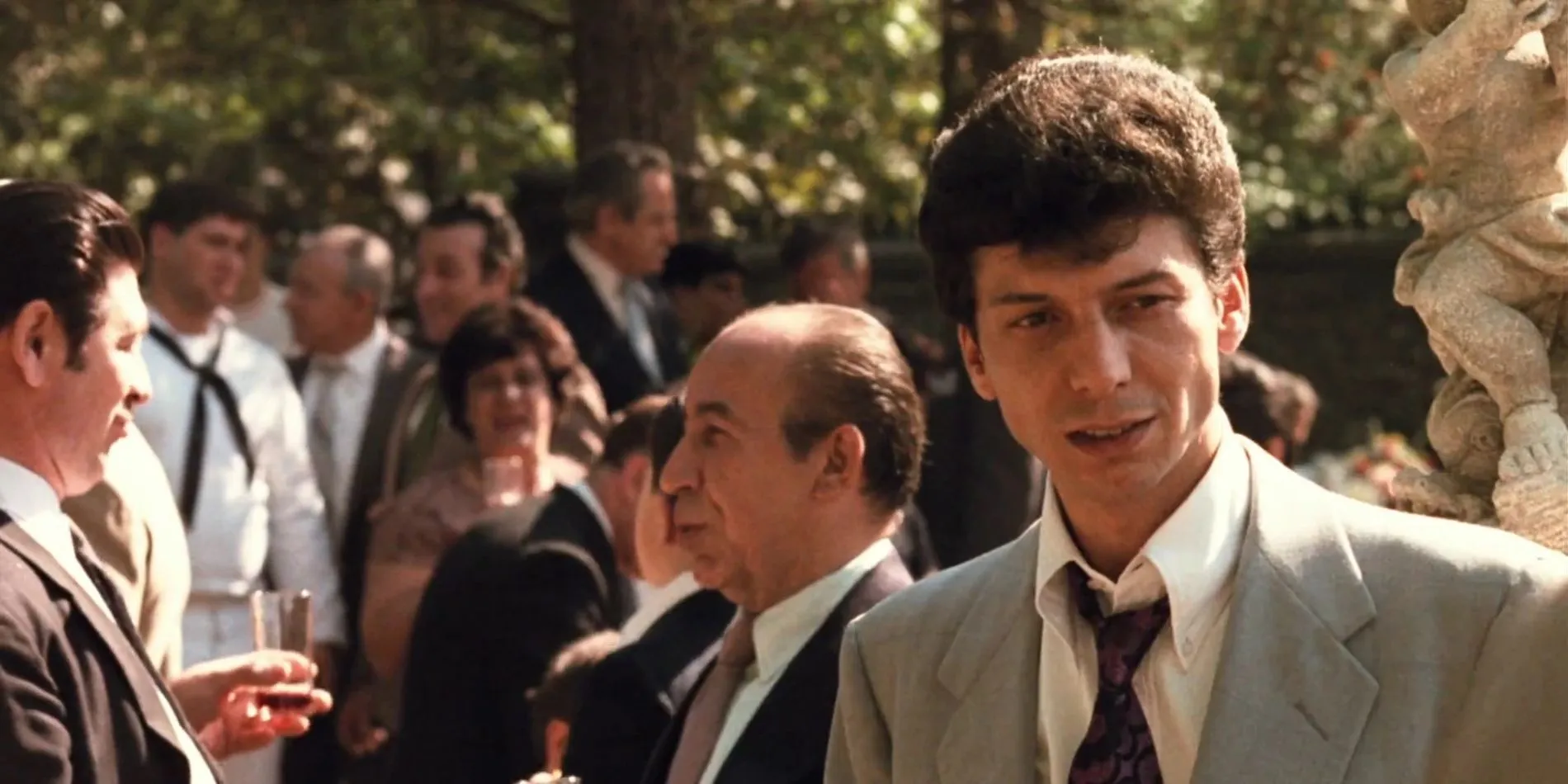
The intertwining destinies of these two gangster films reveal another layer of this story. Interestingly, Robert De Niro initially dropped out of The Godfather for the opportunity to take the lead role in The Gang That Couldn’t Shoot Straight. As noted in The Godfather Treasures by Peter Cowie, De Niro had auditioned for the part of Sonny and was later offered the minor role of Paulie, the character who meets his end just before the iconic “Leave the gun, take the cannoli” scene.
De Niro chose to pursue a more substantial role, leading to John Martino portraying Paulie instead. In hindsight, while De Niro’s decision appeared risky, it ultimately allowed him to carve out a legendary niche in the gangster genre, beginning with Mean Streets and setting the stage for his role in Taxi Driver.
How History Would Have Shifted Without This Exchange
A Crucial Turn in Hollywood’s Story
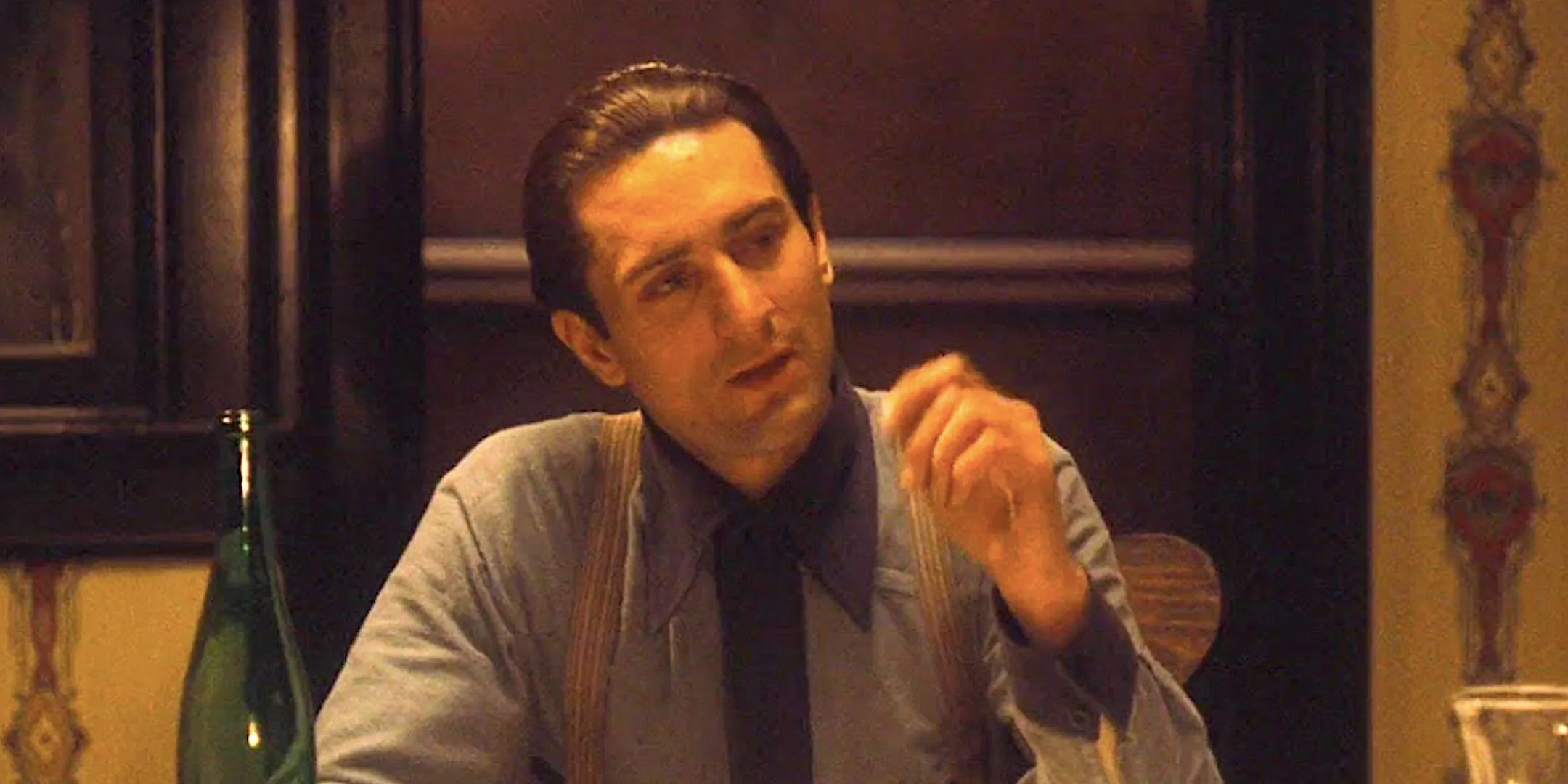

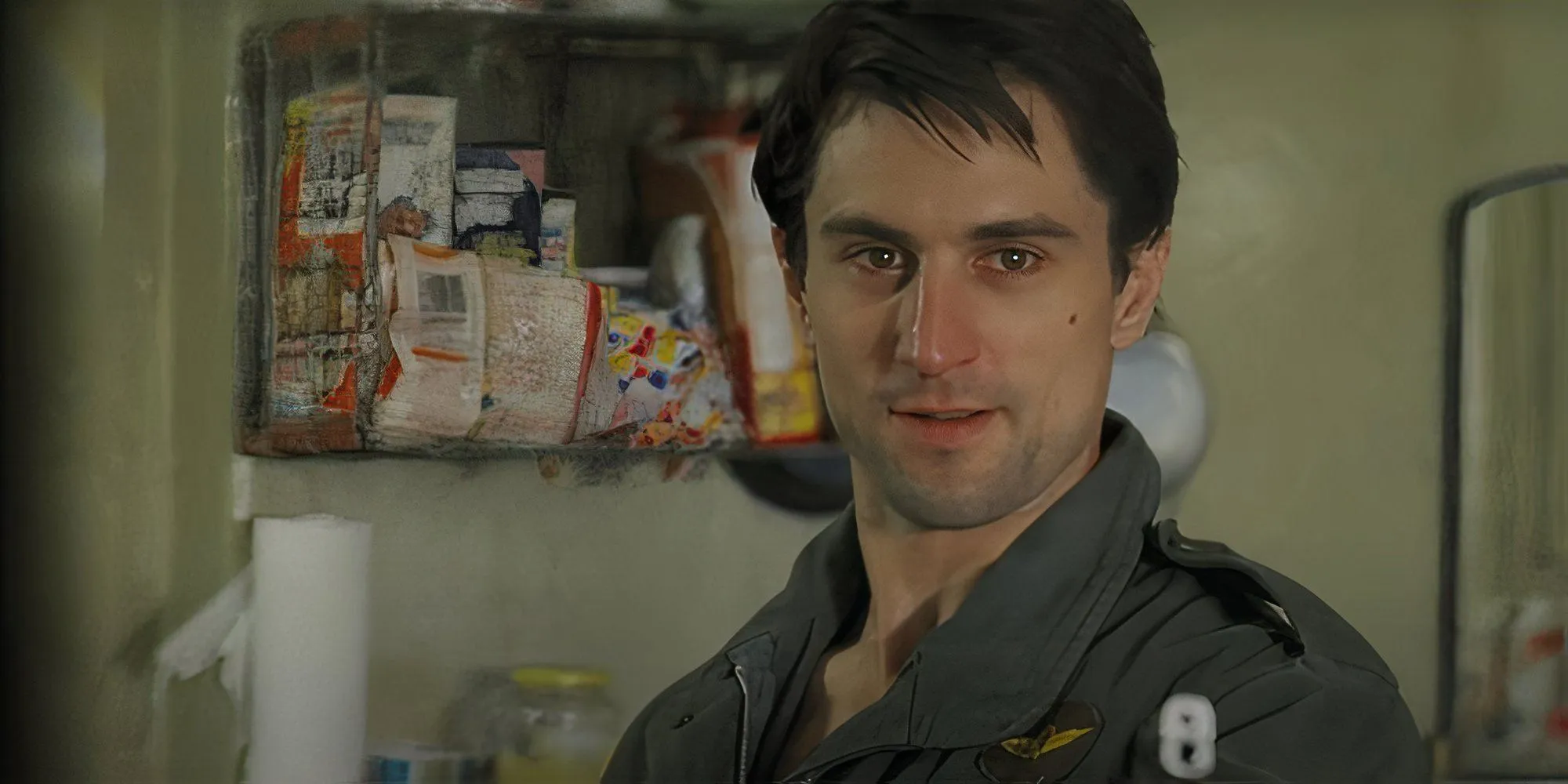
Imagine a different cinematic world where Al Pacino chose to stick to his commitment with The Gang That Couldn’t Shoot Straight. Without Pacino as Michael Corleone, the role would likely have gone to another actor such as Dustin Hoffman, Martin Sheen, or Ryan O’Neal. While all of these actors hold significant talent, it’s hard to envision anyone else delivering Michael Corleone’s complexity like Pacino did.
If Pacino had not embodied this role, the impact of The Godfather could have waned. It might still be a revered film, but perhaps not one of the all-time best. Likewise, Pacino’s absence from this pivotal role might have shifted the trajectory of his career, potentially leading to fewer iconic performances in later works such as Scarface or Heat.
Conversely, without the space left by Pacino, De Niro would have played Paulie, thereby eliminating him from consideration for the younger Vito Corleone in The Godfather Part II. Given the enduring quality of De Niro’s performance, anyone else in that role might not have achieved the same acclaim, jeopardizing the sequel’s status as a beloved classic.
|
Robert De Niro Movie |
Academy Award |
Outcome |
|---|---|---|
|
The Godfather Part II (1974) |
Best Supporting Actor |
Won |
|
Taxi Driver (1977) |
Best Actor |
Nominated |
|
The Deer Hunter (1979) |
Best Actor |
Nominated |
|
Raging Bull (1981) |
Best Actor |
Won |
|
Awakenings (1991) |
Best Actor |
Nominated |
|
Cape Fear (1992) |
Best Actor |
Nominated |
|
Silver Linings Playbook (2013) |
Best Supporting Actor |
Nominated |
|
Killers of the Flower Moon (2024) |
Best Supporting Actor |
Nominated |
While De Niro may have experienced a delay in his mainstream breakthrough, his career would ultimately remain intact. By the time The Godfather Part II emerged, he had already collaborated with Scorsese, and landing the role of Travis Bickle would hinge more on that partnership than on his previous connection to The Godfather. His impressive performance in Taxi Driver would further establish his reputation, while the fact that he played Paulie could remain an interesting tidbit for movie enthusiasts.
Sources: The Godfather Treasures (Peter Cowie), The Godfather Family: A Look Inside, The Annotated Godfather: The Complete Screenplay (Jenny M. Jones).
